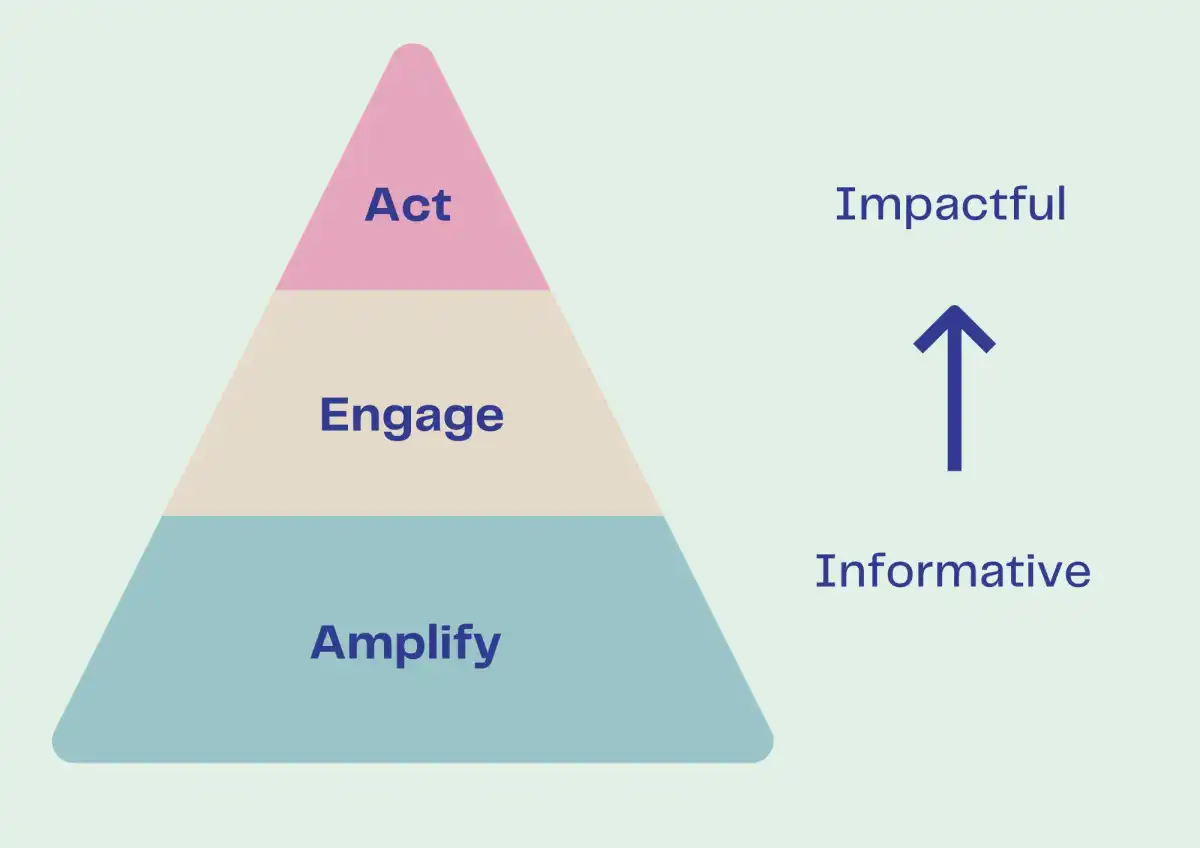Four benefits of learning research skills for product designers
November 2021
·
4 min read

Research teams are always overwhelmed with work and product designers are often the first people they look for help. As much as this 'offloading' of research is about giving the research team some breathing space, learning how to execute research has lots of other benefits for product designers.
In this article, we'll talk about how product designers can benefit from training in research by drawing on experiences from the research democratization process at companies like Thumbtack and IDEO.
Product designers are a researcher's best friend
When embedded team members learn and conduct research, they not only do research better, but also amplify the research findings, engage the whole team in the research process and make sure that research is acted upon.
Product designers in particular are great partners for research because they often form the interface between researchers and the product team. Designers are also the most likely to become champions and evangelists of research.
Benefit #1: Ask better questions
Before you can become an effective researcher, you need to learn how to ask questions the right way so that you don't bias the participant. You need to be effective at getting what you want to know but not necessarily asking it outright.
This translates to trading in a question like "How do you usually do 'X'?" for a question like "Tell me about the last time you did 'X'." While the first one can cause participants to generalize, the second one grounds the user in a specific memory.
These tactical tips can be learned in a workshop, but to apply them correctly, you'll need coaching from skilled researchers. For instance, It's incorrect but tempting for a designer to ask a participant "Hey, would you do something like this or this?" to make the conversation feel more natural.
With coaching and experience, you'll learn to own the awkwardness of being quiet and embrace the power of silence. Waiting it out and giving the participants some breathing room can help uncover more than what the researcher expected to learn. Training in research will enable a designer to be patient with the unique way that every single participant is going to think through and answer questions.
Benefit #2: Amplify the research findings
Since research at companies like Thumbtack is meant to inform product development, as a designer, you can help super-charge the impact that research can have. As an embedded researcher of a product team doing research as opposed to a centralized researcher, a designer can amplify the findings by evangelizing the research, conversation by conversation.
For instance, long after Thumbtack designer Chelsia Yu conducted a study and released the initial share-out, she would often draw on her first-hard experience doing the actual research and refer to the findings in many conversations with the team in forums both big and small.
Benefit #3: Engage the team in the research process
Not all functions in a company know how research works, how to use it and what its role can be. A designer researcher can engage engineers, product managers and even marketing folks and copywriters by drawing the team into the research process as early as planning and all the way to synthesis. This creates opportunities for the designer to educate cross-function team members about the value that research can add.
Reduct allows researchers to bring the voice of the customer to product teams by creating a searchable archive of user studies that you can also extract and share snippets from. Book a demo call to learn more.
Drawing another example from Chelsia from Thumbtack, during a debrief session that she had with non-researchers, she found that the whole group was excited to move from observations directly into solutions, skipping synthesis. Her training in research enabled her to take a step back and talk to the team about the purpose and function of debriefing, and how to draw the right conclusions the right way.
Benefit #4: Act on the findings
Engagement is great, but ultimately we want to get to solutions. Designers are in constant discussion with product managers and engineers planning and scoping the next projects and features. They're actively working through the details as something is built.
Having the designer who did the research present in these conversations ensures that research is acted upon. By sharing the conversations they've had with customers, they can bargain with the product team while design trade-offs are being made. By doing so, designers can make sure that research goes from being informative to impactful.

Final thoughts
A designer researcher like Chelsia has an impact on her team outside of a specific finding she brings back from a study. She is able to be there with the people who are making the decision and point out and explain what research is, how it can help and how maybe it can't help in a particular situation.
Research democratization is a contentious issue within the research community, but cases like Thumbtack show that investing in training infrastructure for non-research teams not just improves the overall buy-in for research within the organization, but also helps the researchers themselves as they are able to focus on strategic, high-impact research and help embedded researchers along the way.
So the next time you get a chance to partner with research or participate in a research training program, don't hesitate to say yes. Learning how researchers work will make you a better designer and who knows, you might just be the next big name in user research!
Reduct.Video helps the world's most innovative companies democratize research by making synthesis of research interview videos as easy as text. Reduct's collaborative text-based synthesis tool brings the visual power of post-it notes to video.


